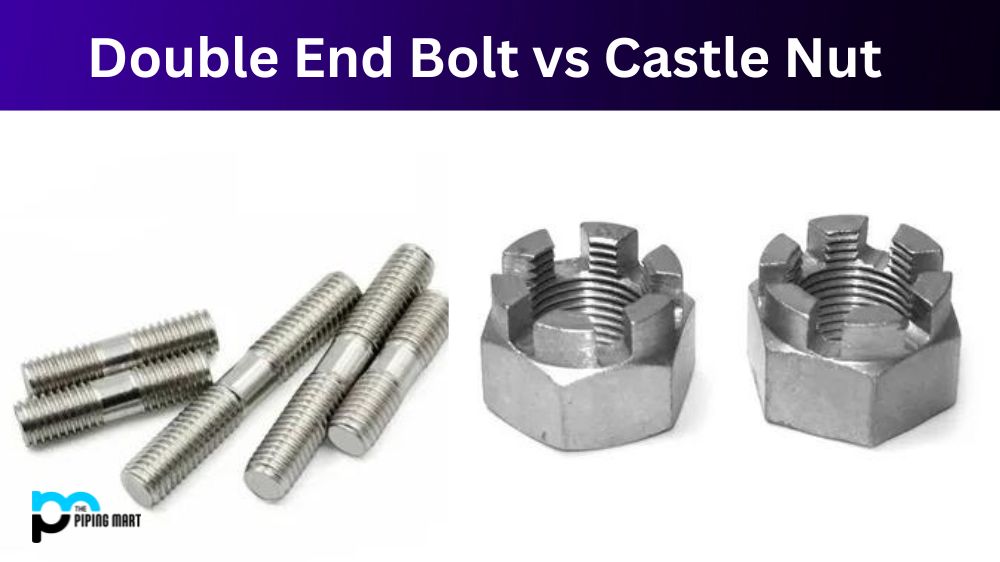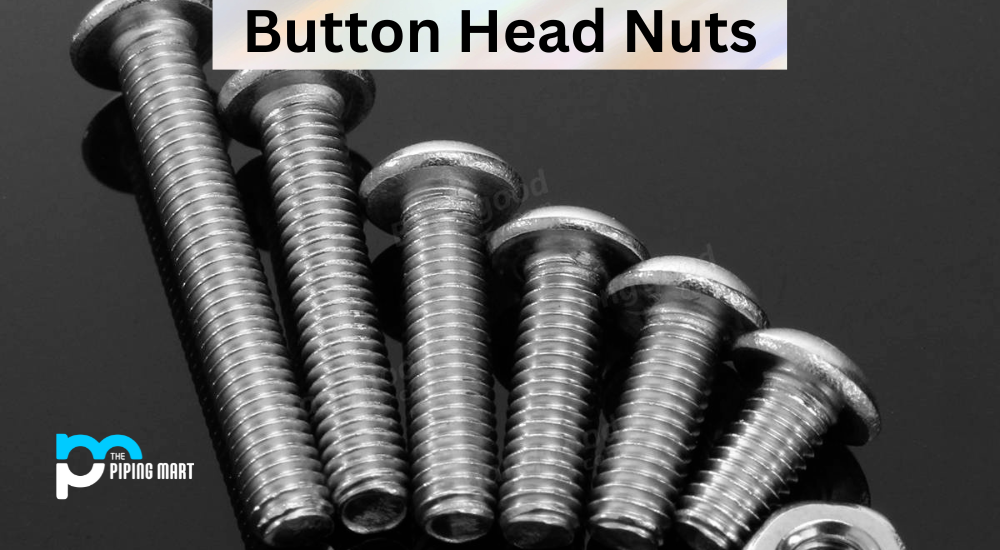A hacksaw is a versatile tool used for cutting metal, plastic, and other materials. Known for its precision and ease of use, it’s a staple in many workshops and toolkits. This guide will explore the different types of hacksaws, their features, and provide tips on selecting the right one for your needs. We’ll also discuss how a hacksaw can be particularly useful when working with geomembrane materials.
What is a hacksaw, and how does it work?
A hacksaw is a hand tool with a serrated blade mounted on a frame. It’s designed for cutting through various materials, including metal, plastic, and some types of wood. The blade’s teeth are set to cut on the push stroke, making it effective for precise cutting tasks. The adjustable frame allows for different blade lengths and tensions, enhancing the tool’s versatility.

What types of hacksaws are available?
Hacksaws come in several varieties, including:
- Standard Hacksaw: Features a fixed frame and blade. Ideal for general cutting tasks.
- Adjustable Hacksaw: Allows the blade to be adjusted for tension and angle, suitable for more complex cuts.
- Mini Hacksaw: A smaller version for precision work and tight spaces.
- Coping Saw: Designed for intricate cuts, often used in woodworking but can also be effective with plastic and soft metals.
Each type has its specific uses, so choosing the right one depends on your cutting needs and material.
How do you choose the right hacksaw blade?
Selecting the correct blade is crucial for efficient cutting. Consider the following factors:
- Material: Choose a blade designed for the material you’re cutting. For example, a blade with finer teeth is better for cutting metal, while a coarser blade works well for plastic.
- Tooth Count: More teeth per inch (TPI) result in smoother cuts but require more effort. Fewer TPI are better for faster, rougher cuts.
- Blade Material: High-speed steel (HSS) blades are durable and suitable for tough materials, while bi-metal blades combine flexibility and strength.
For working with geomembrane, opt for a blade designed to handle synthetic materials efficiently.
What safety precautions should be taken when using a hacksaw?
When using a hacksaw, follow these safety tips:
- Wear Safety Gear: Always use safety goggles and gloves to protect against debris and sharp edges.
- Secure the Material: Ensure the material being cut is firmly clamped to prevent movement and accidents.
- Maintain Proper Technique: Use smooth, even strokes and avoid excessive force to prevent blade breakage or injury.
- Inspect the Blade: Regularly check the blade for damage and replace it when necessary to ensure clean cuts and safe operation.
A hacksaw is an essential tool for various cutting tasks, offering precision and versatility for materials like metal, plastic, and wood. By understanding the different types of hacksaws, selecting the right blade, and following safety precautions, you can effectively use this tool for your projects. Whether you’re working on metal fittings or cutting through geomembrane materials for construction and landscaping, a hacksaw remains an indispensable part of your toolkit.


